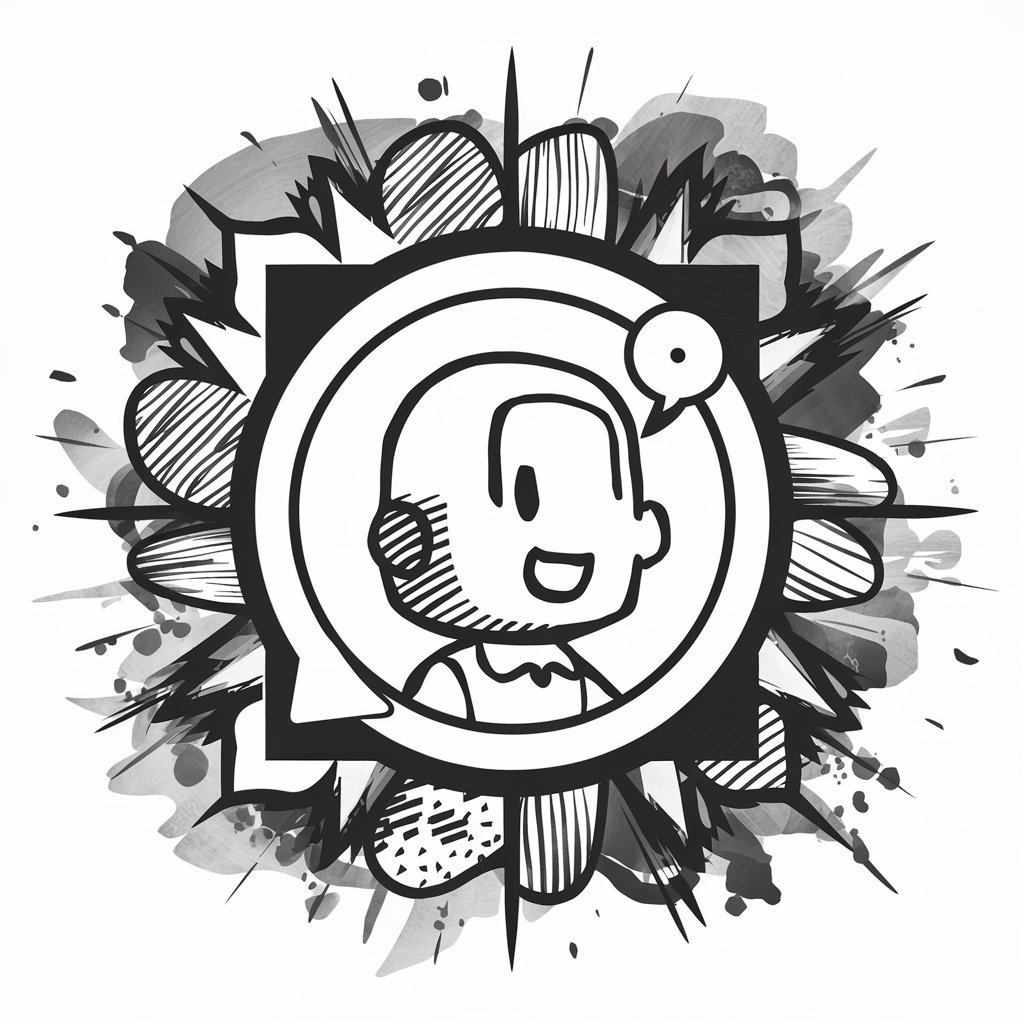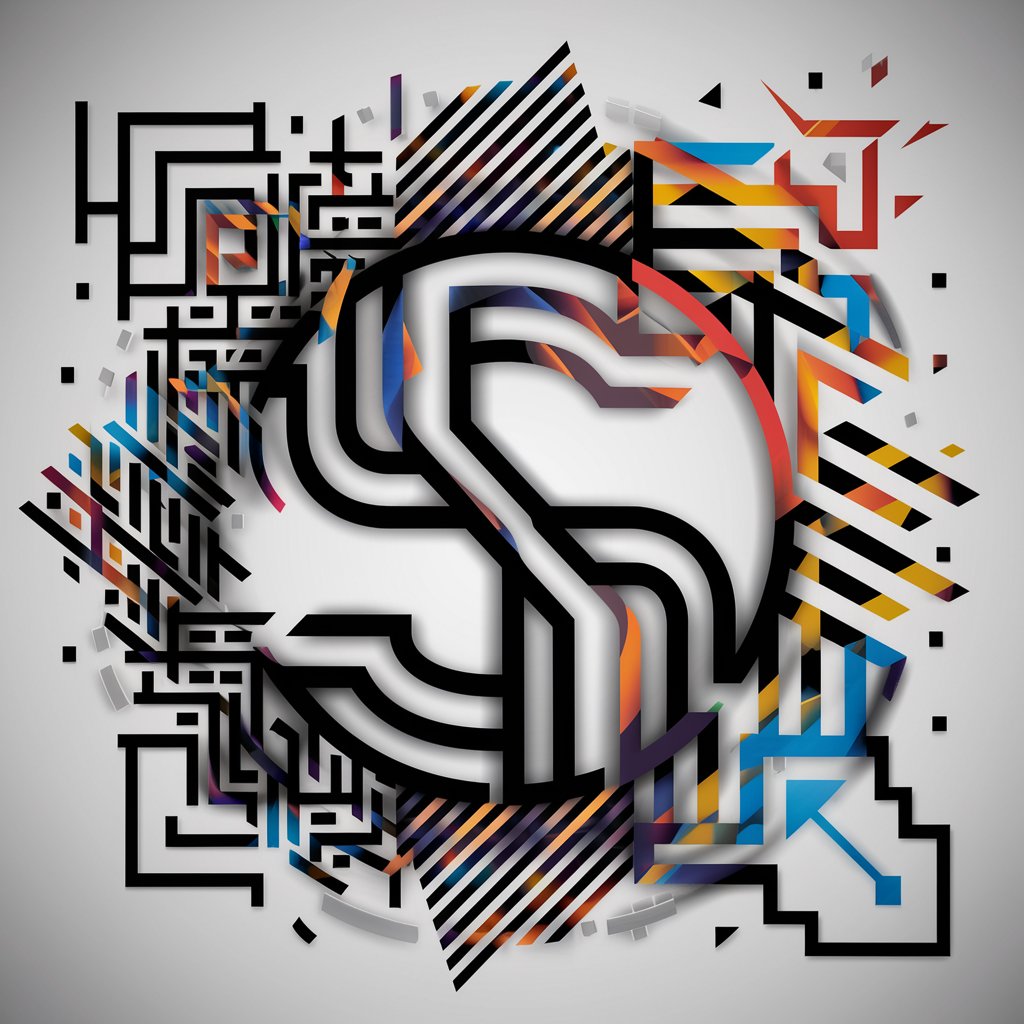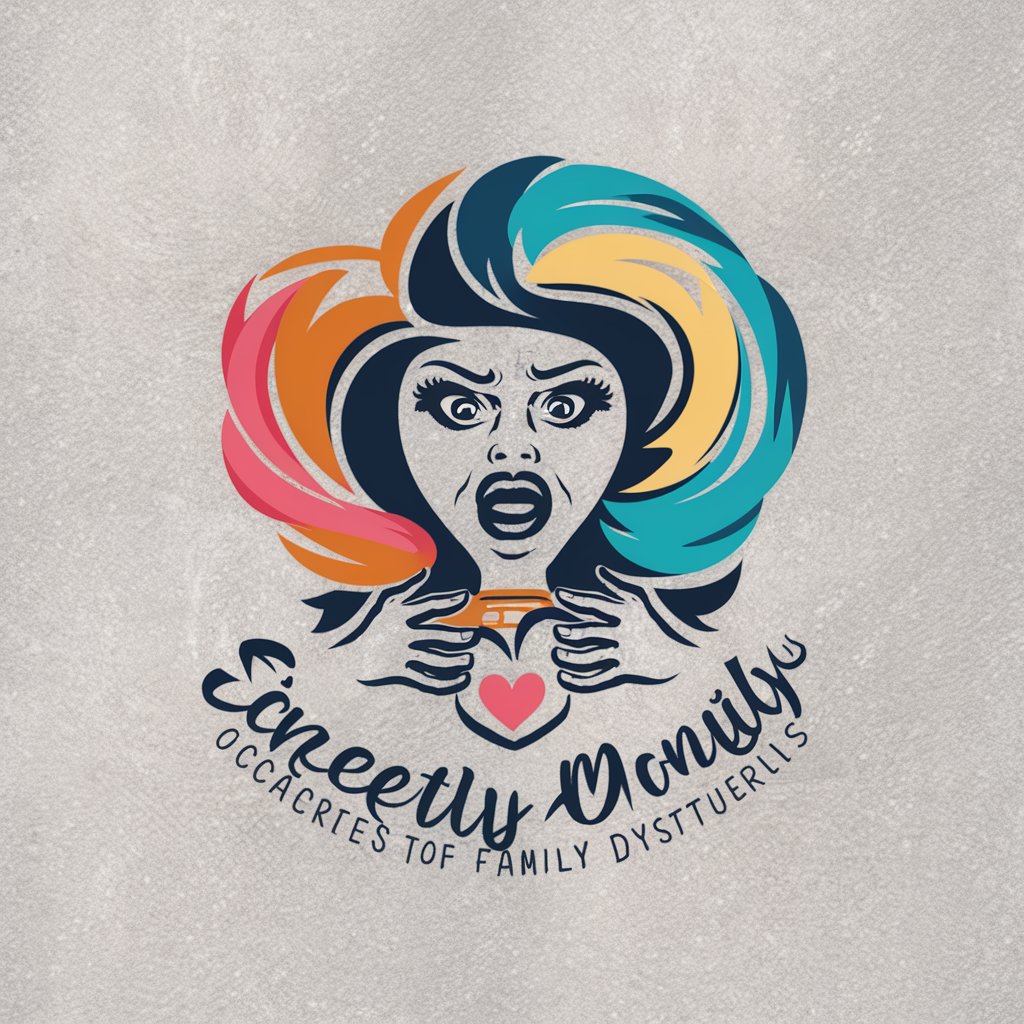6 GPTs for Cultural Expression Powered by AI for Free of 2026
AI GPTs for Cultural Expression are advanced computational models designed to engage with and generate content related to cultural activities, traditions, and expressions. These tools leverage Generative Pre-trained Transformers (GPTs) to understand and produce material that resonates with various cultural contexts, enabling personalized and nuanced interactions with cultural content. They serve as bridges between technology and the rich diversity of human cultural practices, offering innovative ways to explore, preserve, and disseminate cultural knowledge.
Top 6 GPTs for Cultural Expression are: 龙年表情包,Poet's Corner,Cyrano,LINEスタンプモノクロメーカー"LINE Stamp Monochrome Maker",Symbol Speak,お母さんヒス構文
龙年表情包
Express Yourself with AI-Powered Emoticons

Poet's Corner
AI-powered poetic creativity at your fingertips.

Cyrano
Transforming text into romantic verses with AI.

LINEスタンプモノクロメーカー"LINE Stamp Monochrome Maker"
Craft Your Chat - AI-Powered Stamps

Symbol Speak
Express more with symbols!

お母さんヒス構文
Evoke emotions with AI-powered dialogue

Essential Attributes and Functions
These AI GPTs exhibit several key features that make them ideal for cultural exploration and expression. They possess the ability to learn and replicate linguistic and artistic styles, support multilingual interactions, and adapt to the nuanced needs of different cultural contexts. Special features may include advanced image generation capabilities that respect and reflect cultural aesthetics, language learning tools tailored to specific cultural vernaculars, and the capacity to analyze and interpret cultural data sets, providing insights that can inform cultural studies and creative endeavors.
Who Benefits from Cultural AI
AI GPTs for Cultural Expression are valuable to a wide range of users including cultural scholars, artists, educators, and anyone with a keen interest in cultural studies. These tools are designed to be user-friendly, requiring no prior programming knowledge for basic use, yet they also offer sophisticated customization options for tech-savvy individuals and professionals. This dual accessibility ensures that anyone from curious novices to seasoned researchers can harness the power of AI to engage with cultural content.
Try Our other AI GPTs tools for Free
Personal Scheduling
Discover how AI GPTs for Personal Scheduling revolutionize time management with personalized, intelligent solutions for optimizing your calendar effortlessly.
Photo Reimagination
Discover AI GPTs for Photo Reimagination: transformative tools designed to bring your visual ideas to life, effortlessly converting text to tailored images for creative projects.
Animation Adaptation
Discover how AI GPTs for Animation Adaptation revolutionize the creative process, from storyboarding to character design, enhancing efficiency and storytelling in animation.
Web Research
Discover the power of AI GPTs for Web Research, the ultimate tools for enhancing online data gathering and analysis with advanced AI technology.
Document Retrieval
Discover how AI GPTs for Document Retrieval revolutionize access to information, offering precise, efficient, and adaptable solutions for professionals and novices alike.
eSports Analysis
Discover the edge in competitive gaming with AI GPTs for eSports Analysis: your gateway to advanced insights and strategic foresight in the eSports arena.
Deeper Understanding through AI
AI GPTs for Cultural Expression not only facilitate the exploration of cultural heritage but also enable creative expressions in novel and meaningful ways. Their user-friendly interfaces and integration capabilities make them adaptable tools for various sectors, enhancing the way we interact with, learn about, and preserve cultural narratives.
Frequently Asked Questions
What exactly are AI GPTs for Cultural Expression?
They are AI models tailored to understand, generate, and interact with content related to human cultures, utilizing the capabilities of GPTs to process and produce culturally relevant material.
Can these tools generate culturally specific artwork?
Yes, with advanced image generation features, these GPTs can create visuals that adhere to particular cultural aesthetics and themes.
Are these AI tools multilingual?
Absolutely, they support multiple languages, making them versatile tools for exploring and expressing a wide range of cultural narratives.
How can educators benefit from using AI GPTs in cultural studies?
Educators can use these tools to create engaging and interactive learning materials that reflect diverse cultural perspectives, enhancing students' understanding and appreciation of world cultures.
Is programming knowledge required to use these AI GPTs?
No, these tools are designed for accessibility, allowing users without coding skills to explore cultural expressions easily. However, programming options are available for those seeking deeper customization.
How do these AI models handle cultural sensitivity?
These GPTs are trained with a focus on ethical guidelines and cultural sensitivity, ensuring respectful and accurate representation of different cultures.
Can these tools be integrated into existing digital platforms?
Yes, they offer flexible integration options, making it possible to enhance websites, apps, and digital exhibits with AI-powered cultural content.
Are there any limitations to the cultural content AI GPTs can generate?
While AI GPTs are powerful, they rely on available data and programming, which means there may be limitations in representing less-documented cultures or nuances. Continuous updates and training are essential for expanding their capabilities.